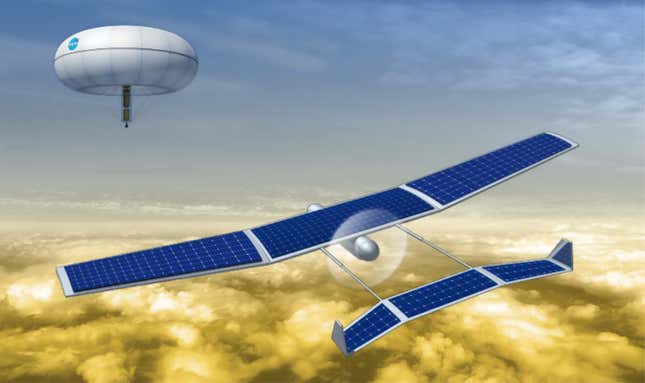
NASA, in its relentless pursuit of area innovation, introduced on Thursday the choice of 13 new tasks for its 2024 Section I awards underneath the Progressive Superior Ideas (NIAC) program. These awards, totaling as much as $175,000 every, are granted to groups proposing superior and unconventional area applied sciences.
The NIAC program, identified for funding groundbreaking ideas, has beforehand contributed to notable missions such because the Mars Ingenuity helicopter and devices used within the MarCO deep space CubeSats. These tasks spotlight the vital position that NIAC performs in pioneering area exploration applied sciences.
NASA affiliate administrator Jim Free stated in a press release: “The daring missions NASA undertakes for the advantage of humanity all start as simply an concept, and NIAC is accountable for inspiring lots of these concepts.”
The chosen groups will now have entry to the company’s assets and skilled recommendation to additional develop their ideas. Though these tasks will not be but official NASA missions, the potential for future adoption stays. As said by Free, not all of those ideas will fly, however “NASA and our companions worldwide can be taught from contemporary approaches and should finally use applied sciences superior by NIAC.”
Among the many 13 new tasks chosen, the one proposed by Thomas Eubanks of House Initiatives Inc., situated in Florida, has me probably the most excited. His group envisions a coordinated fleet of miniature spacecraft setting off for Proxima Centauri inside this century. These autonomous probes, numbering within the hundreds, would make use of revolutionary laser sailcraft and laser communications to collect and transmit information about our Solar’s closest interstellar neighbor. Touring at 20% the velocity of sunshine, it might take the string of sequentially launched probes roughly 21 years to achieve Proxima Centauri, situated roughly 4.24 light-years away from Earth.
Nearer to house, Ge-Cheng Zha of Coflow Jet LLC, additionally in Florida, has put ahead a proposal for the first-ever flight of a fixed-wing, electric vertical takeoff and landing (eVTOL) aircraft on Mars. This solar-powered aerial automobile, dubbed MAGGIE, would revolutionize the way in which we discover the Crimson Planet and different alien locations. The plane can be able to touring as much as 111 miles (179 kilometers) from a completely charged battery and fly at heights reaching 3,280 ft (1,000 meters). Over the course of a Martian 12 months, MAGGIE would cowl a complete distance of practically 9,975 miles (16,048 kilometers).

Whereas NASA and its worldwide companions hash out a plan to return floor samples from Mars, Geoff Landis from NASA’s Glenn Analysis Heart in Cleveland is engaged on one thing much more bold: returning surface samples from Venus. The second planet from the Solar has a particularly harsh atmosphere, with temperatures round 842 levels F (450 levels C) and pressures 92 occasions better than on Earth’s floor, making it one of the troublesome locations within the photo voltaic system to discover. The group proposes utilizing an revolutionary rocket that may create gasoline utilizing the carbon monoxide discovered within the Venusian ambiance. The system can be able to withstanding the excessive temperatures and work with a solar-powered plane designed for Venus’s situations.
Different proposals embrace know-how to permit for extra efficient and long-lasting storage of fuel in space (making it simpler and extra possible to ship crewed missions to Mars), a system to break down and eliminate harmful chemicals, referred to as perchlorates, from the Martian atmosphere, an ISS undertaking to study hibernation and its energy-saving state, torpor, in microgravity (for the aim of facilitating interplanetary area journey), and creating new applied sciences for storing cryogenic propellants, like liquid hydrogen, in area (for refueling spacecraft on crewed missions to Mars and again), amongst others.
Thrilling stuff! Some very bold missions, to make certain. It might be nice to see these preliminary sketches evolve into concrete missions and prolong our attain in area to even better extents.
For extra spaceflight in your life, observe us on X (previously Twitter) and bookmark Gizmodo’s devoted Spaceflight page.
Trending Merchandise

















